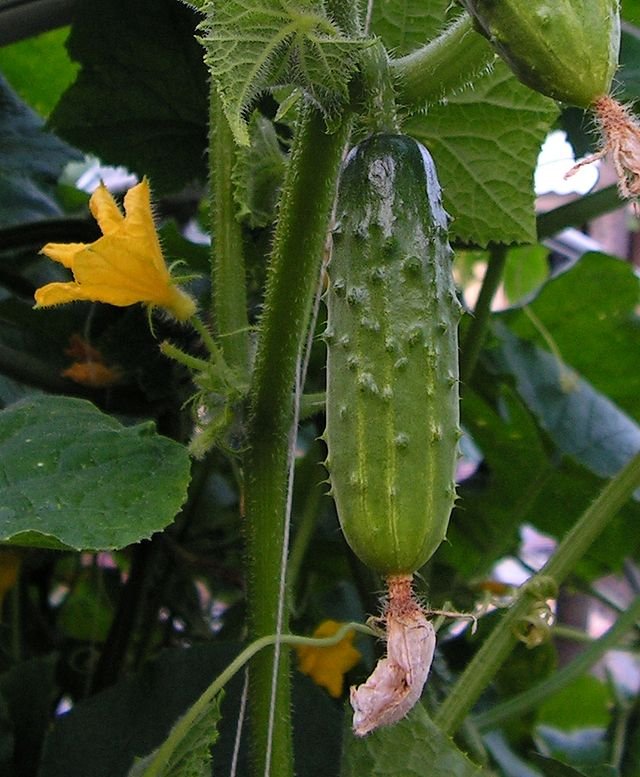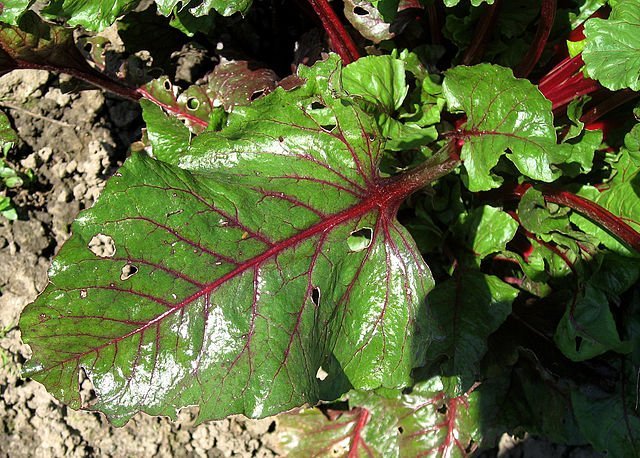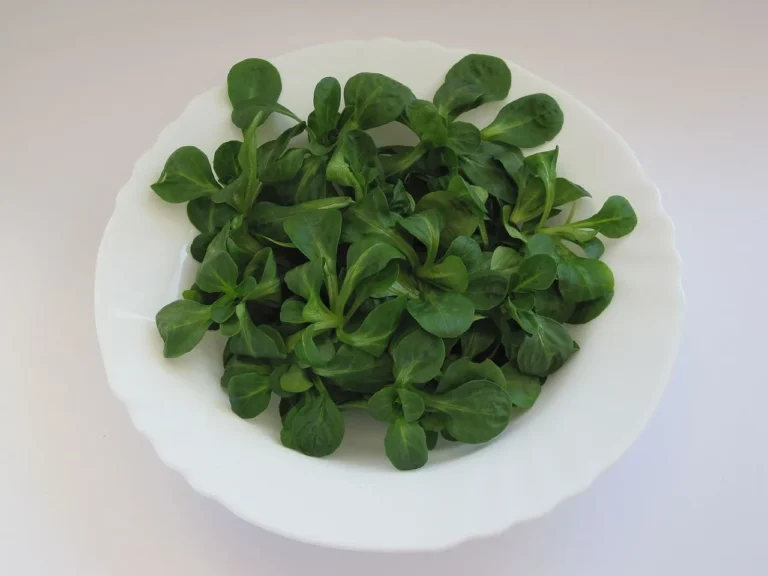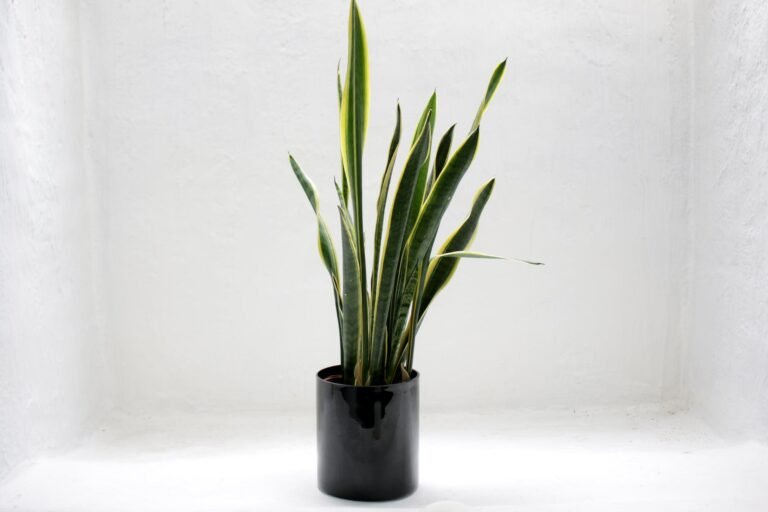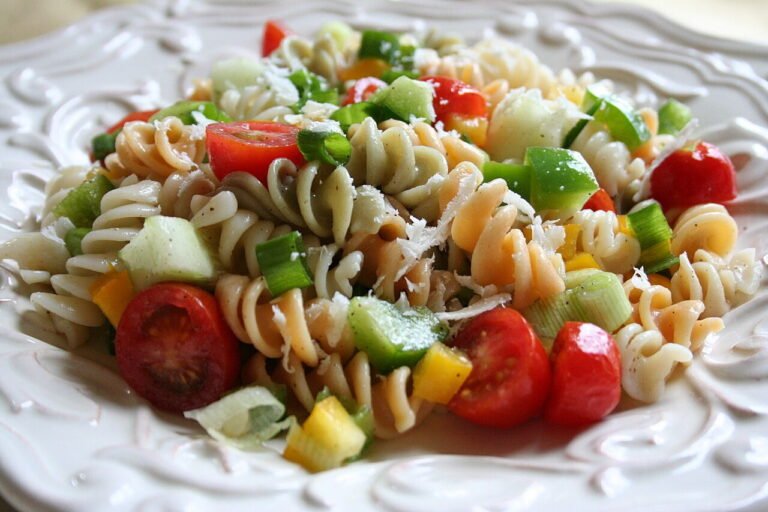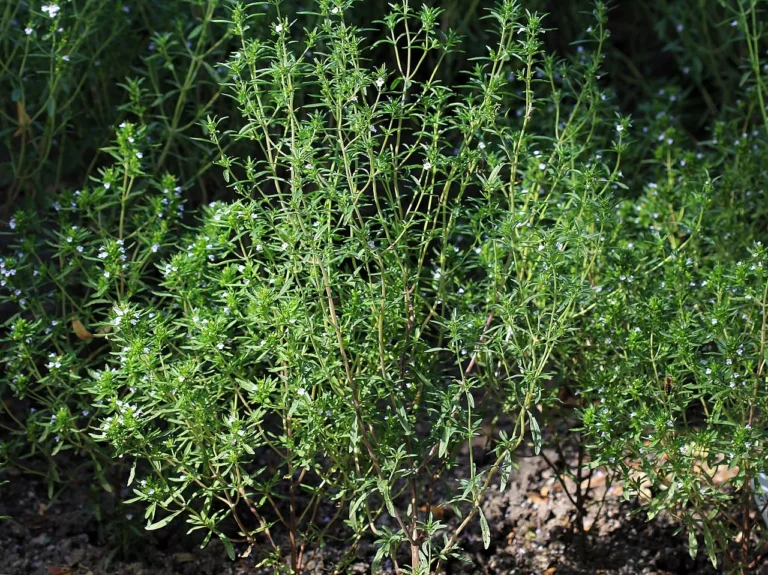Cultivating Crisp Cucumbers: A Comprehensive Guide for Home Gardeners
Cucumbers are a favourite among gardeners, thanks to their versatile use in salads, pickling, or simply enjoying fresh from the vine. Rich in water and low in calories, these refreshing fruits provide a satisfying crunch on hot summer days. Growing cucumbers in your garden isn’t a complicated endeavour, but knowing the right steps can lead to a more bountiful and healthier harvest. In this guide, we’ll walk you through the process of growing cucumbers from seed to harvest.
Selecting the Right Variety
First and foremost, decide what type of cucumber you’d like to grow. You’ll generally find two main types: slicing cucumbers, which are larger and perfect for salads, and pickling cucumbers, which are smaller and ideal for making pickles. Within these two categories, there are numerous varieties, each with its unique flavour, size, and resistance to certain diseases. Some popular choices include ‘Marketmore’ for slicing and ‘Boston Pickling’ for pickling.
Preparing the Soil
Cucumbers thrive in well-drained, fertile soil. Enrich your garden bed with plenty of compost or well-rotted manure before planting. The soil pH should ideally be between 6.0 and 7.0. Cucumbers are heavy feeders, so consider incorporating an organic fertilizer into the soil at planting time.
Planting Cucumbers
Cucumbers are warm-season vegetables, which means they should be planted after the danger of frost has passed and the soil has warmed. Sow cucumber seeds directly in the ground, planting them about 1 inch deep. If you’re planting rows, space them 3 to 4 feet apart. For hills, plant two or three seeds in groups set about a foot apart.
Care and Maintenance
- Watering: Cucumbers need consistent watering to produce sweet-tasting, well-formed fruit. Aim for at least an inch of water per week, watering more frequently during dry spells.
- Mulching: Mulch around the base of your plants to retain soil moisture and control weeds.
- Training: For healthier plants and cleaner fruit, train cucumbers to climb a trellis or fence. This will also save space in your garden.
- Fertilizing: Feed with a balanced organic fertilizer after the plants start to bloom and set fruit.
Pest and Disease Control
Common cucumber pests include cucumber beetles, aphids, and slugs. You can control these by handpicking, using organic insecticides, or introducing beneficial insects like ladybugs and lacewings. Common diseases include powdery mildew and bacterial wilt. Plant disease-resistant varieties, and use proper crop rotation to prevent these issues.
Harvesting
Harvest cucumbers when they reach their mature size, according to the variety. Regular harvesting encourages more fruit production. Use a pair of scissors or pruning shears to cut cucumbers from the vine rather than pulling or twisting them off.
With their high yield and refreshing taste, cucumbers make a fantastic addition to any summer garden. By selecting the right variety, preparing the soil properly, and offering consistent care, you can enjoy a plentiful harvest right from your backyard. Happy gardening!

